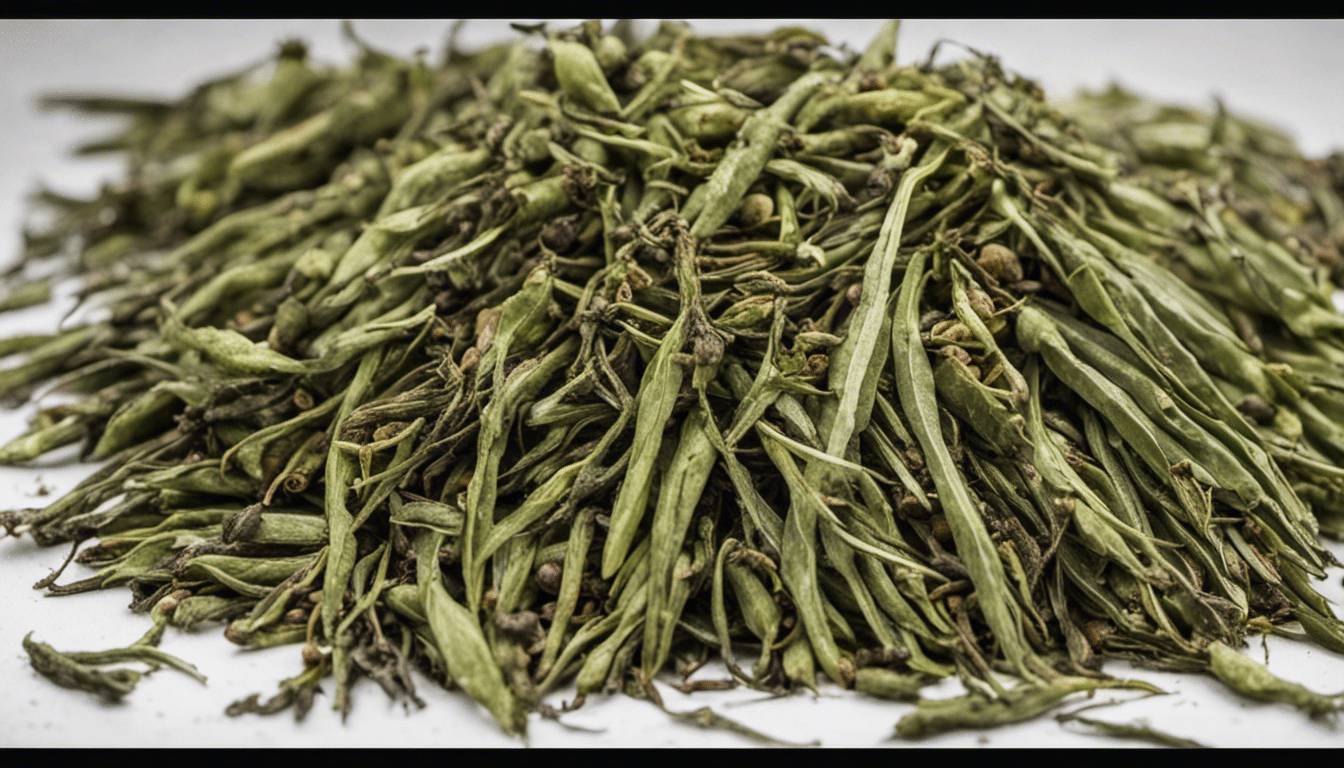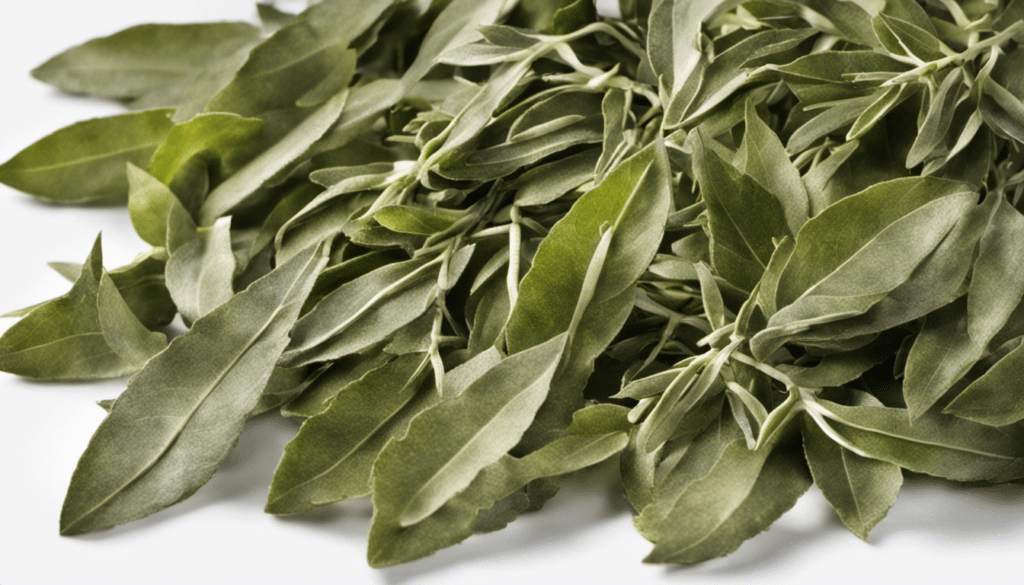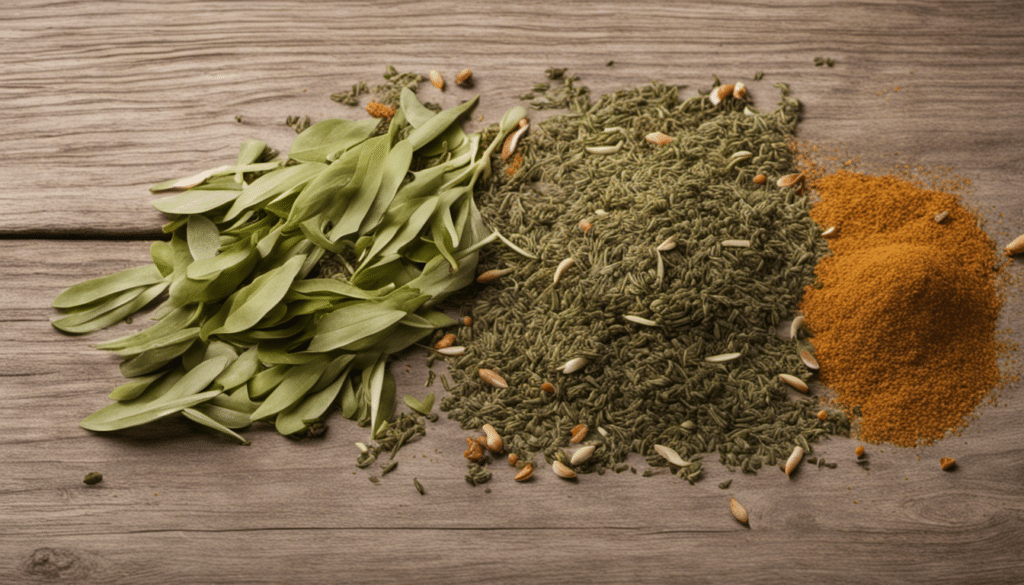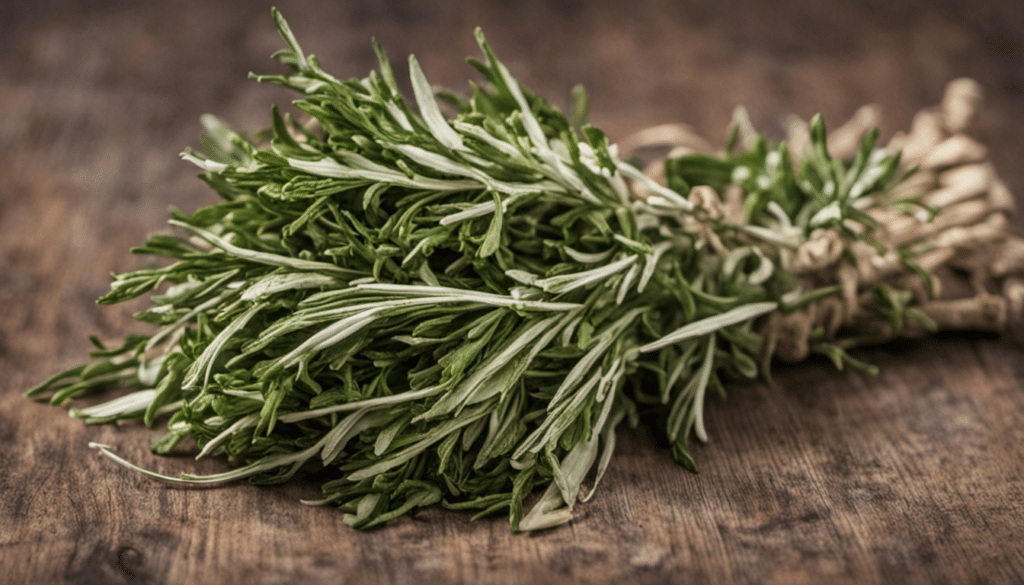Everything You Need to Know About Spikenard
Commendably known as the ‘humble healer’, Spikenard or Nardostachys jatamansi, as it is botanically known, has been a mainstay in traditional medical practices for centuries. This extensive narrative aims to shed light on everything you need to know about the stunning Spikenard, its history, health benefits, and other monikers it’s recognized by across the globe.
Origins of Spikenard
Delve into the deep-rooted history of the Spikenard (source). Originating in the rocky terrains of the Himalayan mountains, Spikenard is characterized by its aromatic rhizomes, and has been treasured in ancient cultures for more than 3,000 years. Cherished by the Greeks, Romans, and Egyptians in perfumes and healing ointments, it holds a special place in Ayurvedic and Chinese medicine practices for its versatile wellness-promoting properties.
The biblical accounts of Mary using Spikenard to anoint Jesus’ feet, further emphasizes the antiquity and esteem the herb held in traditional societies. From antiquity to the present, the Spikenard’s therapeutic and aromatic voyage illuminates its universal appeal and far-reaching use.
Health Benefits of Spikenard
A deep dive into the medicinal properties of Spikenard reveals a spectrum of viable health benefits. With its heart shaped leaves, pink bell shaped flowers, and potent aromatic oil, Spikenard provides a natural pharmacy in the arms of Mother Nature.
Reputed for its sedative properties, Spikenard oil helps calm the mind, alleviate stress, and fosters sound sleep. Its potent anti-bacterial and anti-fungal properties also make it a natural remedy for skin diseases and infections. Embraced in Ayurveda, Spikenard is employed to harmonize ‘doshas’ or bodily energies, aiding digestive and respiratory health. Studies tentative suggest potential anti-cancer and anti-oxidative properties, though more in-depth research is needed to definitively corroborate these claims.
Spikenard’s Other Names
Given its worldwide usage and extensive history, it’s unsurprising that Spikenard is known by an array of names. Also called Nard, Indian Valerian, muskroot and Jatamansi in Sanskrit, these names celebrate its established place in varying cultures and medical practices.
In conclusion, the storied history and myriad health benefits of Spikenard have earned it veneration in various cultures and healing traditions. Despite the passage of centuries, this ‘humble healer’ continues to retain relevance, testifying to its enduring appeal and potent therapeutic properties.
Spikenard Recipe Ideas
Spikenard Recipes
- Spikenard and Pomegranate Grilled Chicken
- Seared Scallops with Spikenard Spice Blend
- Spikenard Infused Lamb Stew
- Roasted Turkey with Spikenard and Thyme
- Spikenard and Honey Glazed Salmon
- Spikenard Infused Lentil Soup
- Grilled Vegetable Salad with Spikenard Dressing
- Spikenard and Lemon Bread
- Spikenard Marinated Tofu Stir-fry
- Roasted Parsnip and Carrot with Spikenard




